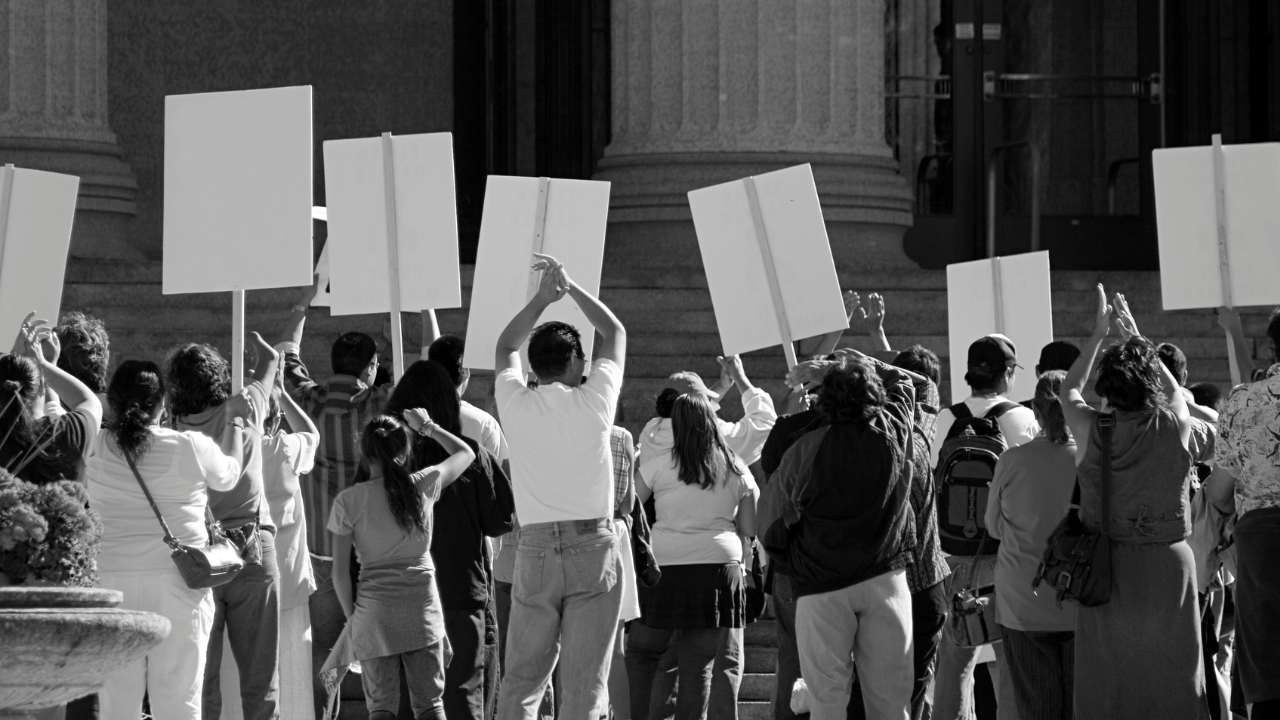
07 jul Teaching citizenship in an era of restricted protest rights
In schools across democratic nations, pupils are taught about citizenship, civic engagement, and the importance of standing up for what they believe in. They are encouraged to be active participants in society, to defend justice, and to protect the vulnerable. Yet, recent developments in legislation and law enforcement present a striking contradiction to these educational ideals.
A recent article (see link below) highlights this paradox perfectly. It tells the story of individuals facing significant fines and potential prison sentences for attempting to prevent evictions. One parent had to explain to their children why they were facing legal proceedings simply for participating in a peaceful protest against a family losing their home.
This situation raises profound questions about the disconnect between what we teach our youth and the reality they face when putting these principles into practice. How do we explain to students that while their textbooks praise historical figures who engaged in civil disobedience for social justice, similar actions today might result in severe legal consequences?
The criminalization of peaceful protest has extended beyond housing rights activism. Environmentalists face legal challenges when protecting natural spaces from development; anti-fascist groups encounter obstacles when organizing counter-demonstrations. These restrictions often come wrapped in legislation purportedly designed to maintain public order or protect property rights, but their effect is to limit legitimate civic engagement.
These legal frameworks can cast a chilling shadow over civic participation, particularly affecting young people who are just beginning to engage with social causes. When faced with the threat of heavy fines or criminal records, many might choose silence over solidarity, inaction over involvement.
The consequences of this contradiction extend beyond the immediate effect on activism. We risk raising a generation that becomes cynical about democratic participation, seeing firsthand how the ideals taught in citizenship classes clash with legal reality. This dissonance could lead to disengagement from civic life precisely when we need engaged citizens the most.
What is more, these restrictions often disproportionately affect movements fighting for basic human rights, such as housing, environmental protection, and anti-discrimination. The criminalization of solidarity actions sends a powerful message about whose interests our legal systems prioritize.
In light of this, citizenship education has a role to play in addressing this incongruity, incorporating discussions about current legal challenges to civic commitment, and helping to develop understanding of peaceful engagement and protest that work within legal bounds while pushing for change. Teaching students about the history of social movements and how they navigated similar challenges is another concrete task for educators.
The article’s story should spark broader discussions about bridging the divide between civic ideals and legal reality. This approach can help ensure that citizenship education empowers future generations to shape their society effectively.
Suggested reading

